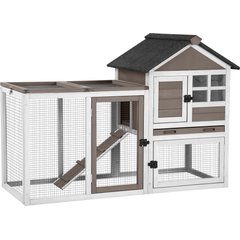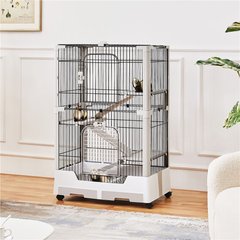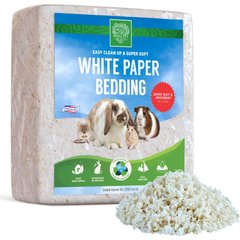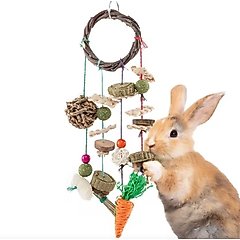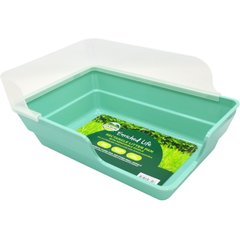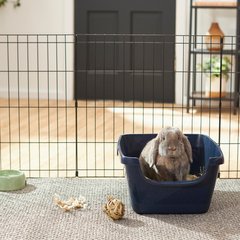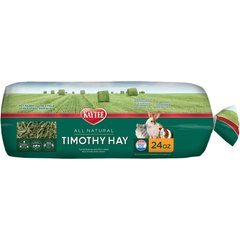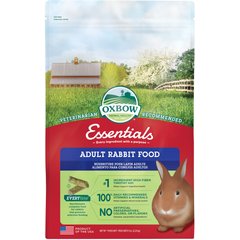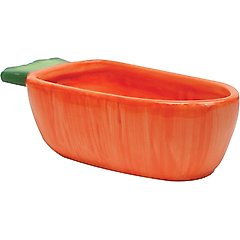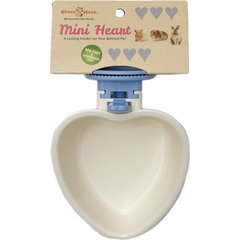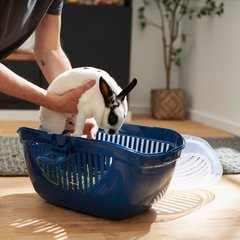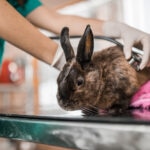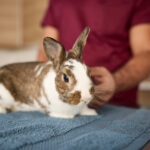Rabbit Care Sheet
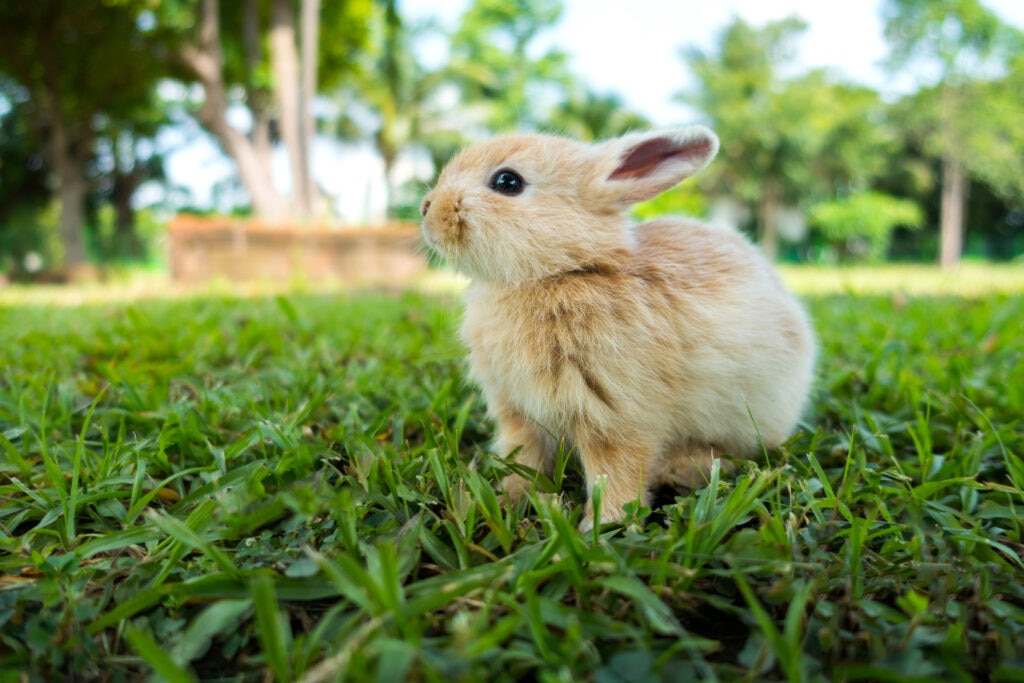
Photo by Rabbit on green grass
Rabbits are fun, furry creatures with an endless supply of cuteness, but they require a lot of love, care, and commitment.
If you’re considering adopting a rabbit, learn how to give them the best possible home.
Overview
- Even though rabbits can be kept outdoors, outside, giving them a proper indoor habitat is essential.
- Rabbits need daily social interaction and exercise.
- Rabbits need unlimited hay and a variety of fruits and vegetables, as well as a pelleted rabbit diet.
Fun Facts
- Rabbits like to go to the bathroom in the same spot, and you can train yours to go in a litter box.
- Rabbit teeth are constantly growing, so giving them an endless supply of hay helps wear teeth down.
- Don’t call them rodents! Rabbits are lagomorphs, just like their cousin, the hare.
Habitat
Rabbits are used to open, outdoors environments. Provide your bunny with as much room as possible, so they are free to roam and explore within their enclosure.
Your rabbit’s cage should be at least four times the size of your rabbit, which will depend on their breed. Place the habitat in a well-ventilated, escape-proof room.
Recommended Products
Line the cage with a solid flooring to keep your rabbit’s feet safe and add 1–2 inches of paper-based bedding. It’s best to skip wood-based bedding because it’s not digestible. If your rabbit ingests it their gastrointestinal tract could get disrupted, which can lead to a medical emergency.
Recommended Products
Avoid putting the enclosure in direct sunlight. Since rabbits have few sweat glands, they’re more likely to overheat. Make sure indoor temperatures don’t go over 80 F.
Add decor and accessories to your rabbit’s enclosure, like a hideout box, a hay rack, and a litter box with litter. Your rabbit can also have toys inside their habitat to keep them occupied.
Recommended Products
Avoid adding toys where small parts come off or easily break off, as they could be ingested and become a choking hazard.
Rabbit Litter Box Training
Just like cats, rabbits can be trained to use a litter box. Rabbits naturally like to go to the bathroom in one location.
Litter boxes for rabbits should be large and have at least one side with a low edge for them to get in and out.
Recommended Products
Rabbit Habitat Mates
Rabbits are social creatures and they enjoy living with at least one other rabbit. But rabbits should be kept in habitats with other rabbits of the same sex. Opposite-sex pairs can be in the same habitat if they are spayed or neutered.
If you’re adding a new rabbit to an existing habitat, do it slowly under supervision. Since rabbits are incredibly territorial, you’ll need to take slow and gradual steps to make sure rabbits don’t harm each other.
Rabbit Food
Food for rabbits consists of many different veggies, fruits, high-quality pelleted food, and an unlimited amount of hay. You can feed them timothy hay, orchard grass, meadow hay, or similar grass hay.
Recommended Products
While alfalfa hay is high in calcium, protein, and fat, it’s best for younger rabbits, breeding rabbits, or lactating rabbits. If your rabbit doesn’t fit into those categories, keep alfalfa hay as a treat from time to time. Otherwise, too much of it could lead to obesity or bladder stones.
For pelleted food, rabbits should get about ¼ cup per five pounds of their body weight every day.
Limit fruits and veggies to 10% of your rabbit’s daily diet. Always remove any seeds or stems from fruit before feeding.
You can feed your bunny foods like:
Too much fruit could harm their GI tract and lead to diarrhea or bloating, so limit these options even more than veggies.
It’s crucial for your rabbit to always have fresh, clean water. Keep water at the ready in a non-tippable water bowl or a bottle. Make sure to deep-clean the water bowl daily and the bottle weekly, including its spout, inside and out.
Recommended Products
Handling
Rabbits like to be petted and need regular daily exercise outside their habitat to develop their natural behaviors, including stretching, hopping, and playing. Remember to always bunny-proof a room before letting your fur baby run free.
When handling your rabbit, secure their whole body with special attention to their hind end. Never hold a rabbit by their ears or keep them on their back. Without strong support, rabbits can injure their spine with their powerful legs.
Health
Take your rabbit to your vet’s office at least once a year for their annual checkup. Use a traveling cage or a carrier to transport your rabbit outside the home.
Recommended Product
You might also need to take your rabbit to the vet at other times if you notice any signs of an unhealthy pet, including:
- Eye or nasal discharge
- Ear debris
- Excessive scratching or hair loss
- Uneven or overgrown teeth
- Limping or foot sores
- Passing less stool or soft stool
- Difficulty breathing, sneezing, coughing, or panting
- Excessive stomach stretching or hunching
- Lack of appetite or eating less than normal
- Discolored urine or vocal during urination
- Accidents outside of the litter box
Rabbits should have clean eyes, clear of debris, with a clean and dry nose. A healthy rabbit should have unmatted clean fur as well.
Rabbit teeth should be straight and aligned properly. Your veterinarian will assess your rabbit’s teeth during an annual exam and can trim them if necessary.
Your rabbit’s nails may also need to be trimmed. Only a skilled professional like a veterinarian should cut a rabbit’s nails.
Rabbits can face some common illnesses over their lifetime, including:
- Mites and fleas
- Kidney disease
- Heat stroke
- Gastrointestinal stasis or obstruction
- Paralysis in hind limbs
- Dental disease
- Urinary stones and other urinary diseases
- Ear or respiratory infections
- Foot sores
- Skin fold dermatitis
Supply Checklist
Make sure your rabbit has everything they need to get and stay comfortable in their new home. Keep these supplies at the ready:
- A habitat that fits their breed and size: at least 24″ L x 24″ H for small to medium breeds or 36″ W x 36″ H for large to giant breeds
- High-quality pelleted rabbit food
- Timothy hay or a similar grass hay
- An assortment of fruits, veggies, and treats
- Bedding and toys
- Food bowl and water bottle
- Hideaway or hiding house
- Hay rack
- Wood chews
- Litter pan and litter
- Indoor playpen
- Soft brush and nail clippers
- Styptic powder
FAQs About Pet Rabbit Care
Are rabbits rodents?
No, rabbits aren’t rodents. They’re lagomorphs.
What do rabbits eat?
Rabbits can eat unlimited hay, like timothy hay, meadow hay, orchard grass, or something similar. They can also eat veggies, fruits, and high-quality pelleted rabbit food.
Do rabbits hibernate?
No, rabbits don’t hibernate in the winter and their bodies aren’t made for hibernation.
Is a rabbit a good pet to have?
A rabbit is an excellent pet to have. Like all other pets, rabbits require a good amount of love, attention, and care to thrive in a healthy environment.
What is the 3-3-3 rule for rabbits?
This is a guideline for handling your rabbits when they’re adjusting to their new home during the first three days, three weeks, and three months after you’ve brought them home.
Do rabbits smell bad if kept indoors?
Rabbits are relatively clean animals and don’t need to be bathed. Instead, try spot-cleaning your rabbit with a warm wet wash cloth as needed and keeping their enclosure clean. If your rabbit is very dirty or does need a full bath,make sure to consult your veterinarian about rabbit-safe shampoo.
Can you potty train a rabbit?
Yes, you can potty train a rabbit to use the bathroom in a litter box, just like you would potty train a cat. Make sure to use rabbit-safe litter like Carefresh, not cat litter.
Can you let a rabbit roam the house?
Some bunnies can roam as they please, while others stay in their habitats. Depending on your home setup, keep your bunny in their habitat and slowly get them used to their surroundings. If you take your rabbit to roam, always keep an eye on them.
